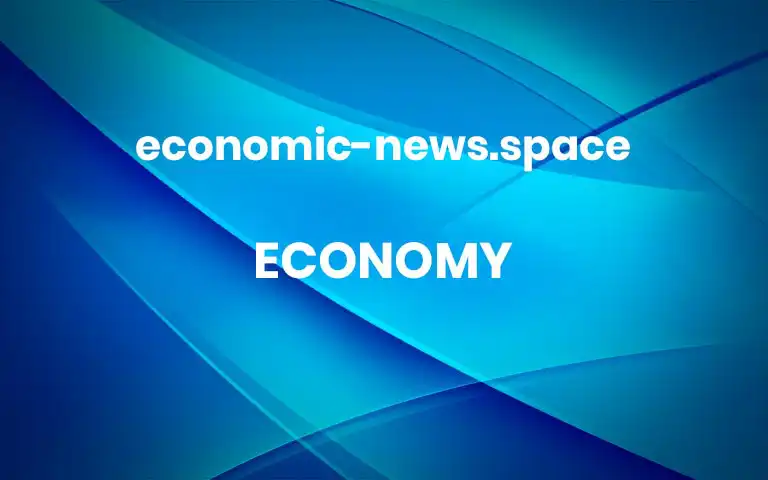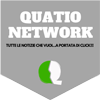
Small Businesses Face a ‘Tornado’ of Challenges: Cuts, Freezes and Now Tariffs
President Trump vowed to aid entrepreneurs by reducing taxes and slicing red tape. But some owners say other policies have put them at a disadvantage.It was a bad week for Ben Coryell, who runs a wilderness guiding company in Golden, Colo.He got several calls from customers who wanted to cancel their climbing courses and mountaineering expeditions over the summer, often citing second thoughts about big purchases as the Trump administration has thrown the economy into turmoil with eye-watering tariffs.At the same time, Mr. Coryell is wondering how long his business, Golden Mountain Guides, can continue to offer those trips, as personnel cuts at the National Park Service have held up the processing of the permits he needs to operate along high-demand routes. And with those cuts leaving fewer rangers on patrol, he fears that unlicensed operators could run amok.So far he hasn’t laid anyone off, but it seems increasingly likely that he may have to.“It’s really starting to feel like a lot of the operations we’ve depended on might have to be bumped for the next number of years until we can find a healthy status quo,” he said.Helmets on display at Golden Mountain Guides.Rachel Woolf for The New York TimesThousands of entrepreneurs are finding themselves in similar positions as they confront the blizzard of changes from Washington over the last two and a half months. Funding freezes, staffing cuts to federal agencies and an immigration crackdown — along with, of course, tariffs — are throwing many into turmoil, with little certainty about how to proceed.“It’s feeling like a tornado to small-business owners,” said Natalie Madeira Cofield, chief executive of the Association for Enterprise Opportunity, which supports initiatives to help companies with fewer than 10 employees. “This is an unprecedented moment.”We are having trouble retrieving the article content.Please enable JavaScript in your browser settings.Thank you for your patience while we verify access. If you are in Reader mode please exit and log into your Times account, or subscribe for all of The Times.Thank you for your patience while we verify access.Already a subscriber? Log in.Want all of The Times? Subscribe. More



